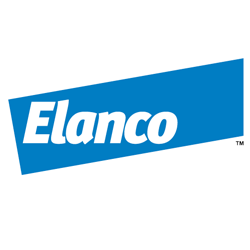Client education and training the healthcare team
Creating a well-defined vaccination protocol with consistent messaging serves as a framework for the veterinary team to reference during patient visits. This reinforces the importance of vaccines for the veterinary team and ensures that a consistent message is communicated between the healthcare team and clients. A protocol also helps the healthcare team follow a consistent vaccination schedule, especially when starting an initial series of vaccines, while concurrently considering the lifestyle, geographical location, and risk factors for each individual pet. At a minimum, a vaccination schedule should consist of the following information:
- Anatomical location of vaccine administration
- Route of administration
- Age requirements and/or restrictions
- Frequency of administration
A vaccination protocol should be created with the patient’s needs and lifestyle in mind, with buy-in from the client through education explaining the importance of vaccines.
The Need for Consistency
Creating consistency across the healthcare team builds a strong practice culture, decreases confusion about recommendations, assists with training team members, and increases compliance. This better enables all team members to educate clients about vaccination schedules, disease prevention, and what to expect following vaccination. Client education materials can support practices by educating clients about vaccinations, vaccine reactions, and disease processes. Wellness plans prove to be advantageous by creating consistency within a practice and providing a standard for quality pet care. Wellness plans often include the recommended vaccinations for pets and help the healthcare team deliver a clear message when it comes to the health of the dog. They can also reduce redundancy in delivering key points about certain vaccines, vaccination protocols, and the importance of vaccination.
Developing Client Education Materials
Client education continues even after a dog presents to a practice for vaccination. Developing client education materials and creating a practice library can provide a ready resource to clients about why, what, and when vaccines should be given to their pet. The more clients understand the reasons for vaccination, the more likely they will see the importance of adhering to an individualized vaccination schedule for their dog. Each practice should consider creating a source (online or physical copies) of educational material for clients, discharge instructions for practice teams, and short blurbs of 1–2 sentences about each vaccine and the disease(s) it prevents. More comprehensive educational material can be stored in a repository and used as requested or needed.
Determining the Best Communication Approach
In order to determine how to best communicate with clients, it is important to assess client communication preferences. A survey or questionnaire can be used to ask clients about their preferred contact methods or whether they would like to receive specific additional material. Client preferences can then be noted in the patient’s history. This allows information to be relayed in a way the client understands. With electronic medical record systems now in veterinary practices, documenting and finding client information has simplified. Some electronic medical record systems can even connect withmobile applications where clients and hospital teams can communicate.







